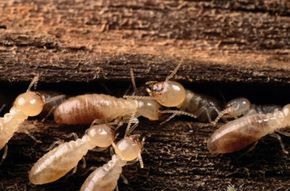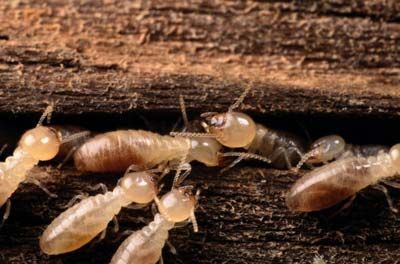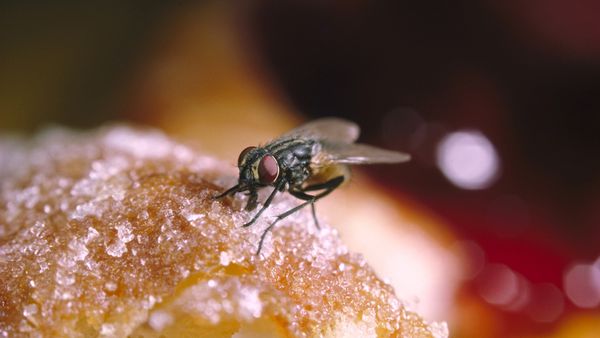You awaken. The night is still; your house is dark and quiet. Your dog groans as he stirs in his sleep at the foot of your bed. You hold your breath, listening to the deafening silence. You hear nothing but your rapid heartbeat. But you know they're there. You can sense them: termites.
It's likely every homeowner entertains some degree of concern over whether his or her house is being eaten slowly by these winged insects of the order Isoptera. An estimated $2 billion is spent annually in the United States to protect and defend homes from termites' insatiable appetites for all things cellulosic [source: NCSU]. Warding off termites seems like a Sisyphean task. Termite colonies start small but can reach populations of millions -- all working in cooperation to ruin your life [source: Su and Scheffrahn].
Advertisement
While humans often curse the very existence of termites on this planet, we're actually the ones to blame for their attacks on our homes. As voracious wood-eaters, termites serve a distinct purpose in forest ecosystems: They break down dead trees, allowing new ones to grow in their place [source: UGA]. When humans come along and clear forested areas to construct new homes, it's like removing a dinner plate and replacing it with an all-you-can-eat buffet of wood, wood, wood! Termites simply follow eons of survival instincts by searching out a food source.
But that's beside the point, isn't it? That food source could be your house, and you want to know whether termites have moved in and begun feasting. The thought of having to replace your house is making you jumpy -- quite frankly, you're in such a nervous sweat, it looks like you're beginning to display symptoms of hyperhidrosis. So how do you know if termites are eating your house? Find out on the next page.
Advertisement




